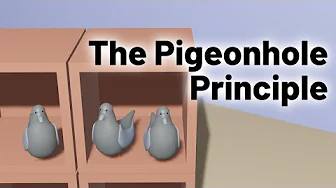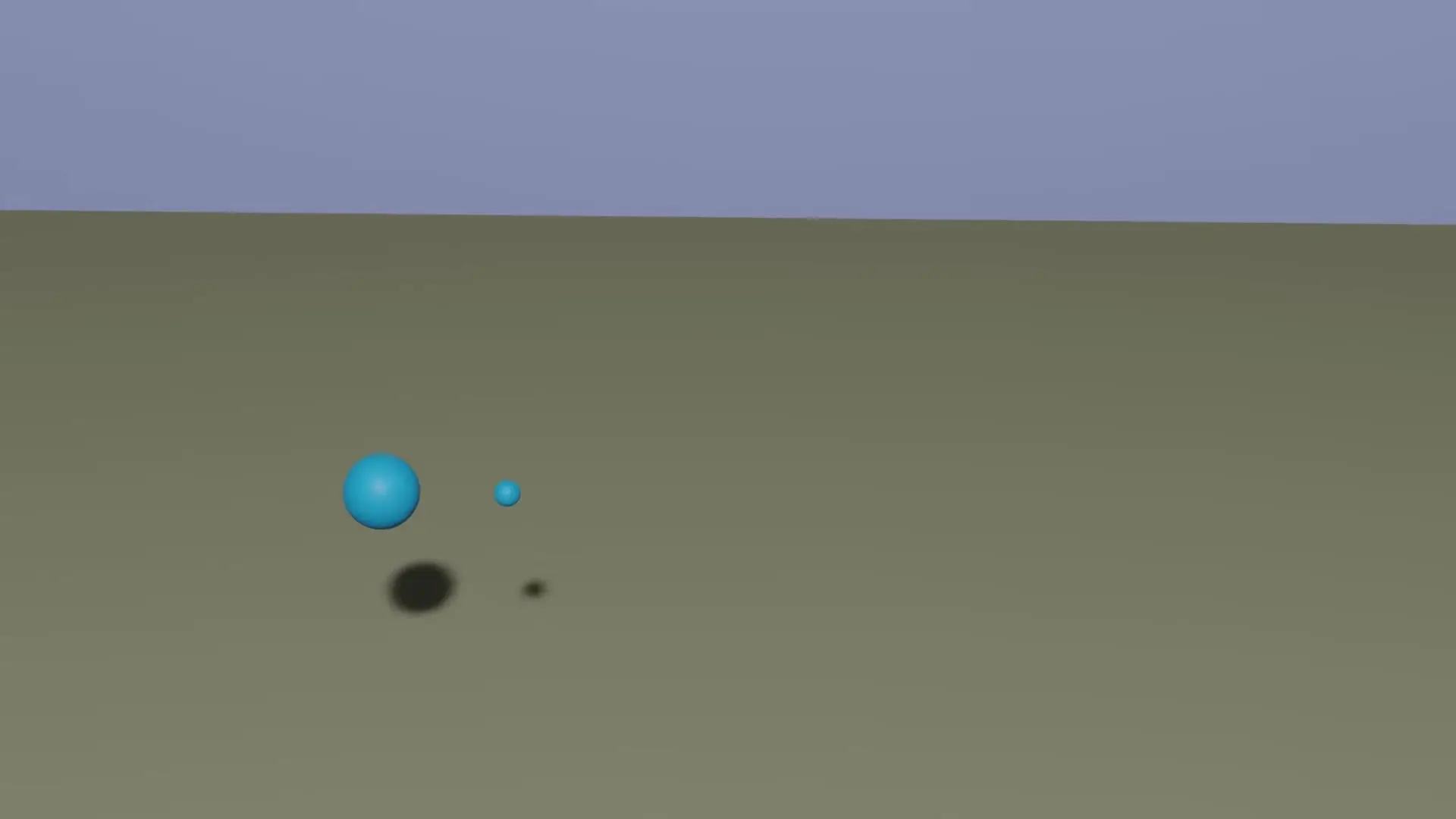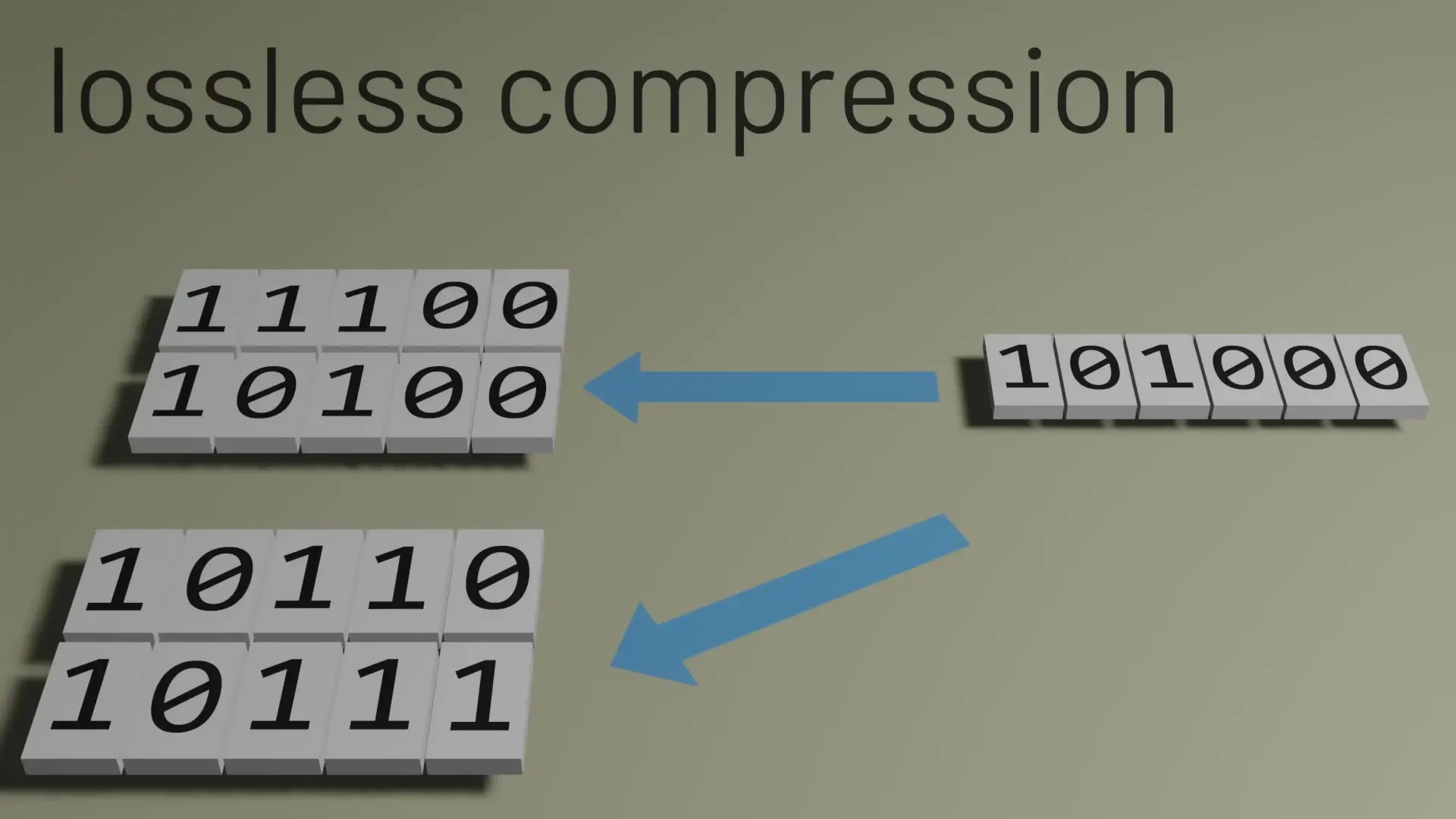
The pigeonhole principle is one of those mathematical concepts that seems almost trivially obvious at first glance, yet holds remarkable power in solving complex problems. In its simplest form, this principle states that if n items are placed into m containers, and n > m, then at least one container must hold more than one item. Despite its apparent simplicity, this principle has far-reaching applications across mathematics, computer science, and even everyday scenarios.
What Is the Pigeonhole Principle?
Imagine you have four pigeonholes and five pigeons, each of which needs to go into one hole. The pigeonhole principle tells us that after placing all pigeons, at least one pigeonhole must contain multiple pigeons. This follows from basic counting - there simply aren't enough holes for each pigeon to have its own.
More formally, if we distribute n items across m groups, and n > m, then at least one group must contain more than one item. The elegance of this principle lies in its ability to prove the existence of certain conditions without needing to find specific examples.

Application 1: The Chessboard Domino Problem
One fascinating application of the pigeonhole principle involves a modified chessboard puzzle. A standard chessboard has 64 squares in an 8×8 grid of alternating light and dark squares. We know that 32 dominoes (each covering exactly two squares) can perfectly tile this board.
But what happens if we remove two squares from opposite corners of the board? Can we still tile the remaining 62 squares with 31 dominoes?
The pigeonhole principle provides an elegant proof that this is impossible. Here's why:
- A standard chessboard has exactly 32 light squares and 32 dark squares
- Removing two squares from opposite corners removes two squares of the same color (both light squares)
- This leaves 30 light squares and 32 dark squares
- Each domino must cover exactly one light square and one dark square
- 31 dominoes would need to cover 31 light squares, but only 30 exist
Using the pigeonhole principle with dominoes as our "pigeons" and light squares as our "holes," we can conclude that tiling is impossible. Since we have more dominoes (31) than available light squares (30), at least one light square would need to be covered by multiple dominoes—which violates the rules of tiling.
Application 2: Points on a Sphere
Another elegant application involves points on a sphere. Consider this question: If you select any five points on Earth, can you always find a closed hemisphere that contains at least four of those points?

The answer is yes, and the pigeonhole principle helps us prove it. Here's the approach:
- Take any two of the five points and use them to define a great circle (dividing the sphere into two hemispheres)
- The remaining three points must be distributed between these two hemispheres
- By the pigeonhole principle, at least one hemisphere must contain at least two of these three remaining points
- That hemisphere contains the two points from the dividing great circle plus at least two more points
- Therefore, at least four of the five points lie in one closed hemisphere
This elegant proof demonstrates how the pigeonhole principle can solve problems in spherical geometry without complex calculations or constructions.
Application 3: Data Compression in Computer Science
The pigeonhole principle has profound implications in computer science, particularly in data compression. One of its most important applications is proving the limitations of lossless compression algorithms.
Lossless compression aims to reduce the size of data while ensuring it can be perfectly reconstructed. However, the pigeonhole principle demonstrates why universal lossless compression (that works for all inputs) is impossible.

Consider an algorithm that compresses n-bit inputs to m-bit outputs, where m < n:
- There are 2^n possible input values (all possible combinations of n bits)
- There are 2^m possible output values (all possible combinations of m bits)
- Since m < n, we have 2^m < 2^n, meaning there are fewer possible outputs than inputs
- By the pigeonhole principle, at least one output value must correspond to multiple different inputs
- This means the compression cannot be reversed uniquely for all inputs
This proof explains why compression algorithms must be designed for specific types of data and why some files compress better than others. It's a fundamental limitation in information theory derived directly from the pigeonhole principle.
Real-Life Applications of the Pigeonhole Principle
Beyond mathematical puzzles and computer science, the pigeonhole principle has practical applications in everyday scenarios:
- Birthday paradox: In a room of just 23 people, there's a greater than 50% chance that at least two share a birthday (pigeonholes are 365 days, pigeons are people)
- Duplicate elements: Proving that in any set of n+1 numbers chosen from {1, 2, ..., n}, at least two numbers must be identical
- Network traffic analysis: Identifying bottlenecks when routing more data packets than available paths
- Hash function collisions: Proving that hash functions with fewer possible outputs than inputs must have collisions
- File organization: Explaining why folders with more files than available naming schemes must have naming conflicts
The Power of Mathematical Principles
The beauty of the pigeonhole principle lies in its ability to transform seemingly complex problems into straightforward counting arguments. By identifying what represents our "pigeons" and what represents our "pigeonholes" in a given problem, we can often arrive at elegant proofs and solutions that might otherwise require much more complex approaches.
In discrete mathematics, this principle serves as a fundamental tool for proving existence without construction. Rather than finding specific examples, we can prove that certain conditions must exist based on simple counting arguments.
Conclusion
The pigeonhole principle demonstrates how a seemingly obvious concept can have profound implications across various domains. From solving mathematical puzzles and proving theoretical limitations in computer science to analyzing real-world scenarios, this simple principle provides a powerful framework for understanding problems involving finite sets and distributions.
Next time you encounter a problem involving distributions, allocations, or mappings between sets of different sizes, consider whether the pigeonhole principle might offer an elegant solution. Sometimes the most powerful mathematical tools are also the most intuitive.
Let's Watch!
The Pigeonhole Principle: 3 Powerful Applications That Solve Complex Problems
Ready to enhance your neural network?
Access our quantum knowledge cores and upgrade your programming abilities.
Initialize Training Sequence